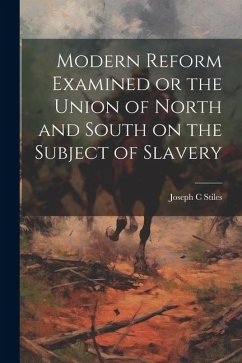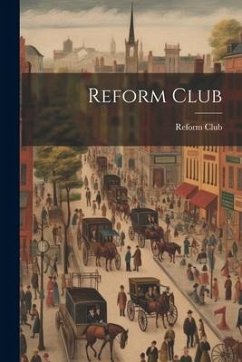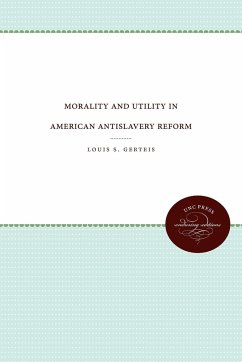
The Limits of Symbolic Reform
The New Deal and Taxation, 19331939
Versandkostenfrei!
Versandfertig in 1-2 Wochen
40,99 €
inkl. MwSt.

PAYBACK Punkte
20 °P sammeln!
Mark Leff examines the gap between politics and economics, between symbol and substance in the New Deal.In The Limits of Symbolic Reform, Mark Leff examines the gap between politics and economics, between symbol and substance in the New Deal. The New Deal never lacked for controversy, and tax policy reliably aroused the fiercest of emotions. Franklin Roosevelt's celebrated tax reform proposals - presented amidst verbal barrages against 'economic royalists' and the 'unjust concentration of wealth and economic power' - signified almost nothing in terms of revenue. Cosmetic higher rates on upper-...
Mark Leff examines the gap between politics and economics, between symbol and substance in the New Deal.
In The Limits of Symbolic Reform, Mark Leff examines the gap between politics and economics, between symbol and substance in the New Deal. The New Deal never lacked for controversy, and tax policy reliably aroused the fiercest of emotions. Franklin Roosevelt's celebrated tax reform proposals - presented amidst verbal barrages against 'economic royalists' and the 'unjust concentration of wealth and economic power' - signified almost nothing in terms of revenue. Cosmetic higher rates on upper-income brackets generated far less revenue than lower-profile New Deal taxes on agricultural products, liquor, and payrolls (through social security) that burdened low incomes. But while 'soak the rich' tax initiatives were economically inconsequential, they were politically crucial to the image of compassion and action projected by the New Deal. Leff's analysis clarifies the reform priorities and the balance of political and economic that produced this paradoxical New Deal tax machinery.
Table of content:
Acknowledgments; Introduction: political imagery and financial reality; Part I. Prelude to Reform: The New Deal Tax System. 1933-1935: 1. Taxing the forgotten man; 2. The Congressional origins of soak-the-rich taxation; Part II. One Part Revenue, Two Parts Rhetoric: The Reform Impulse in the Ascendant, 1935-1937: 3. The paradox of symbolic reform: enacting a wealth tax without sharing the wealth; 4. Before the fall: New Deal tax reform, 1936-1937; Part III. New Deal Taxation under Siege, 1937-1939: 5. The recession cometh; 6. New Deal taxation and the business community, 1937-1939; 7. The unkindest cuts of all: tax legislation in 1938 and 1939; 8. Taxation, symbolic politics, and the New Deal legacy; Index.
In The Limits of Symbolic Reform, Mark Leff examines the gap between politics and economics, between symbol and substance in the New Deal. The New Deal never lacked for controversy, and tax policy reliably aroused the fiercest of emotions. Franklin Roosevelt's celebrated tax reform proposals - presented amidst verbal barrages against 'economic royalists' and the 'unjust concentration of wealth and economic power' - signified almost nothing in terms of revenue. Cosmetic higher rates on upper-income brackets generated far less revenue than lower-profile New Deal taxes on agricultural products, liquor, and payrolls (through social security) that burdened low incomes. But while 'soak the rich' tax initiatives were economically inconsequential, they were politically crucial to the image of compassion and action projected by the New Deal. Leff's analysis clarifies the reform priorities and the balance of political and economic that produced this paradoxical New Deal tax machinery.
Table of content:
Acknowledgments; Introduction: political imagery and financial reality; Part I. Prelude to Reform: The New Deal Tax System. 1933-1935: 1. Taxing the forgotten man; 2. The Congressional origins of soak-the-rich taxation; Part II. One Part Revenue, Two Parts Rhetoric: The Reform Impulse in the Ascendant, 1935-1937: 3. The paradox of symbolic reform: enacting a wealth tax without sharing the wealth; 4. Before the fall: New Deal tax reform, 1936-1937; Part III. New Deal Taxation under Siege, 1937-1939: 5. The recession cometh; 6. New Deal taxation and the business community, 1937-1939; 7. The unkindest cuts of all: tax legislation in 1938 and 1939; 8. Taxation, symbolic politics, and the New Deal legacy; Index.





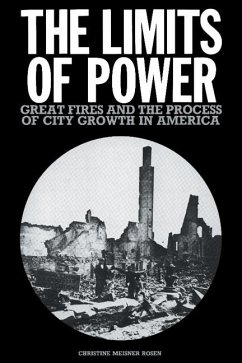

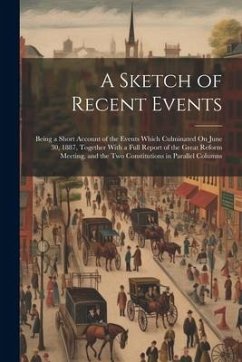

![The Campaign in Halton, Mr. MacDougall's Record [microform] Speech Delivered by Mr. Pattullo, Secretary of the Reform Association of the Province of O Cover The Campaign in Halton, Mr. MacDougall's Record [microform] Speech Delivered by Mr. Pattullo, Secretary of the Reform Association of the Province of O](https://bilder.buecher.de/produkte/65/65587/65587728n.jpg)
![Young Men's Reform Club [microform]: Banquet in Honor of Hon. E. Blake, M.P., at the Windsor Hotel, Montreal, Tuesday, 29th March, 1881 Cover Young Men's Reform Club [microform]: Banquet in Honor of Hon. E. Blake, M.P., at the Windsor Hotel, Montreal, Tuesday, 29th March, 1881](https://bilder.buecher.de/produkte/65/65563/65563549n.jpg)
